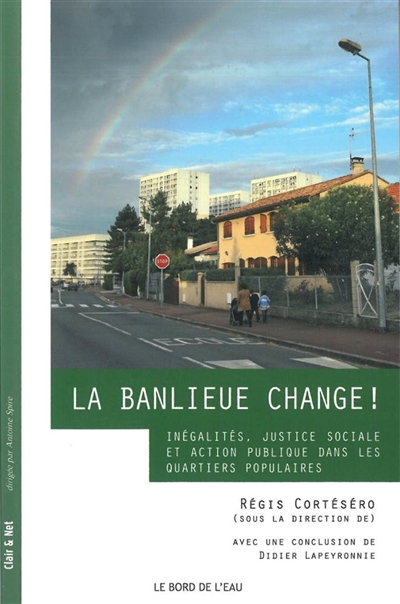le Bord de l'eau
2012 -
-
Disponible - 305.71 BAN
Niveau 2 - Sociologie, démographie
Résumé : Une analyse des problèmes urbains qui prend en compte aussi bien la problématique sociale, que les questions spatiale et ethno-raciale. Par l'étude des inégalités, de l'expression des sentiments d'injustice, de la mobilisation des identités, et des dispositifs d'action publique, elle confronte la question de la banlieue au pacte social et s'interroge sur son avenir.

 Les bibliothèques de la ville de Paris
Les bibliothèques de la ville de Paris
 Les bibliothèques universitaires
Les bibliothèques universitaires
 La BnF
La BnF
 L'encyclopédie Wikipédia
L'encyclopédie Wikipédia
 L'Encyclopædia Universalis
L'Encyclopædia Universalis
 La bibliothèque du film
La bibliothèque du film
 La médiathèque de la Philharmonie de Paris
La médiathèque de la Philharmonie de Paris








